#papilionoidea
Explore tagged Tumblr posts
Text

perhaps my favourite caterpillars are those of the Evening Brown (Melanitis leda). intensely green and hairy, with a pair of superb burgundy horns!

below is their adult form. as adults, they are crepuscular (only active at dawn and dusk), an unusal trait for an ectothermic insect. this adult was found sleeping well after sunset, perhaps the only way to get close enough for a good photo!

Evening Brown, larva and adult, 2 individuals (Melanitis leda), April '24.
#ljsbugblog#bugblr#entomology#macro#insects#lepidoptera#papilionoidea#butterflies#caterpillars#nymphalidae#brush-footed butterflies#satyrinae#melanitis#evening browns#melanitis leda#evening brown
34 notes
·
View notes
Text

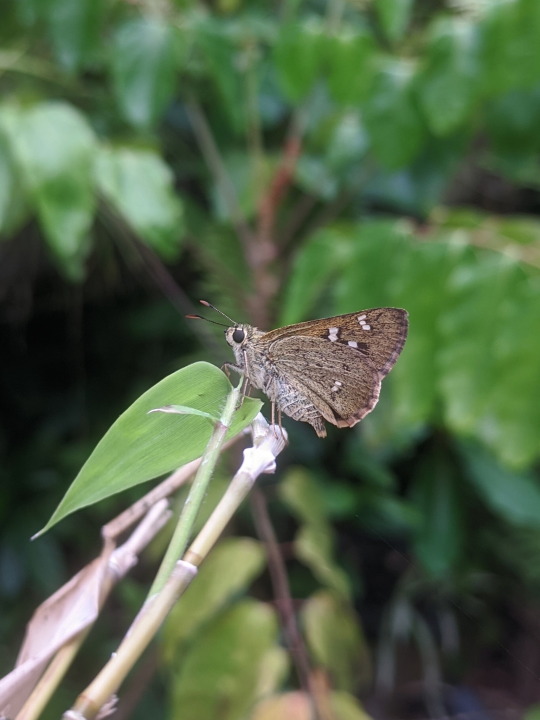
27/10/20 - Photos 1-2 - Toxidia crocea
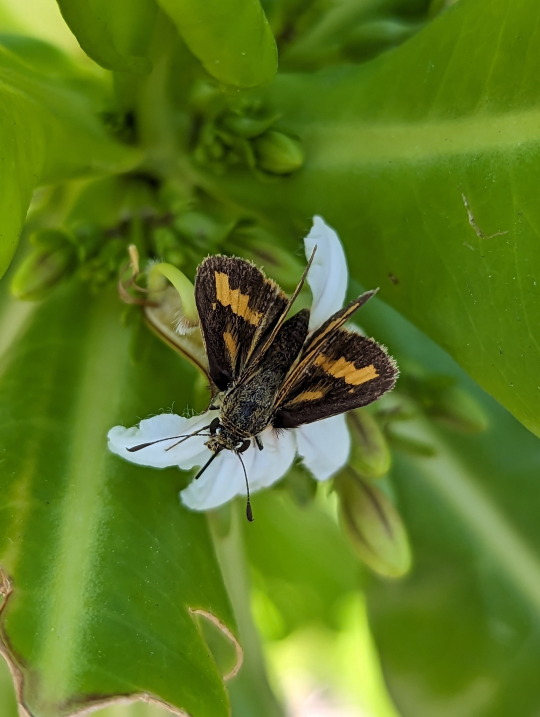

11/09/23 - Photos 3-4 - Ocybadistes flavovittatus


17/08/22 - Photos 5-6 - Sabera caesina
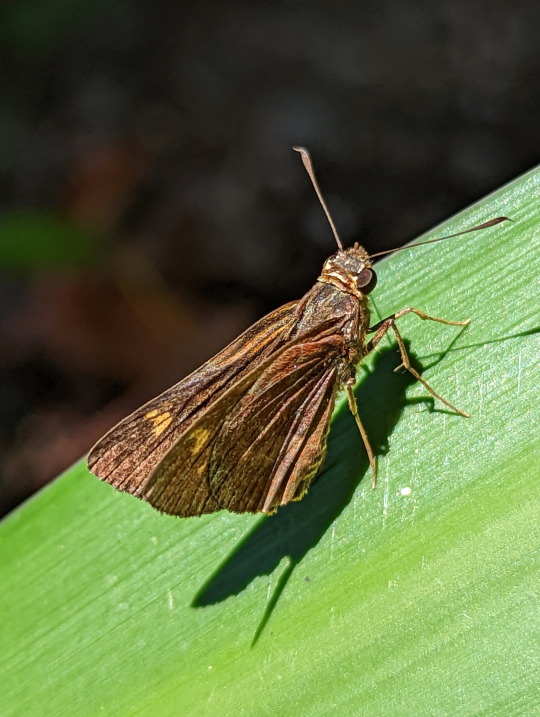

23/10/22 - Photos 7-8 - Sabera dobboe
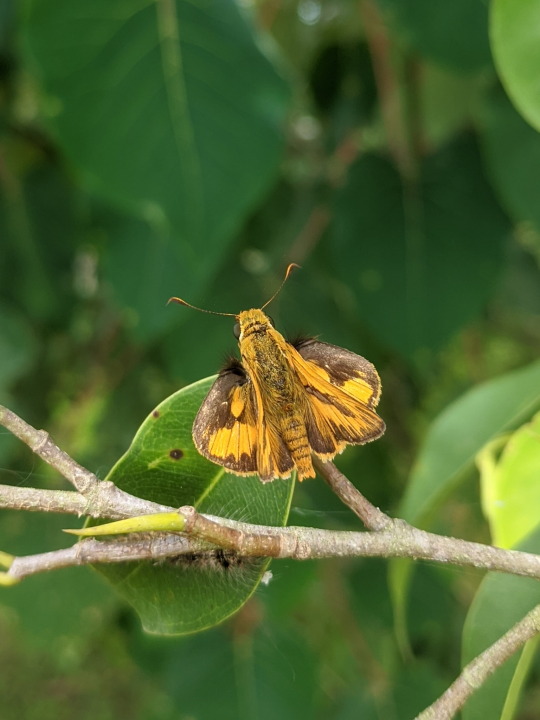
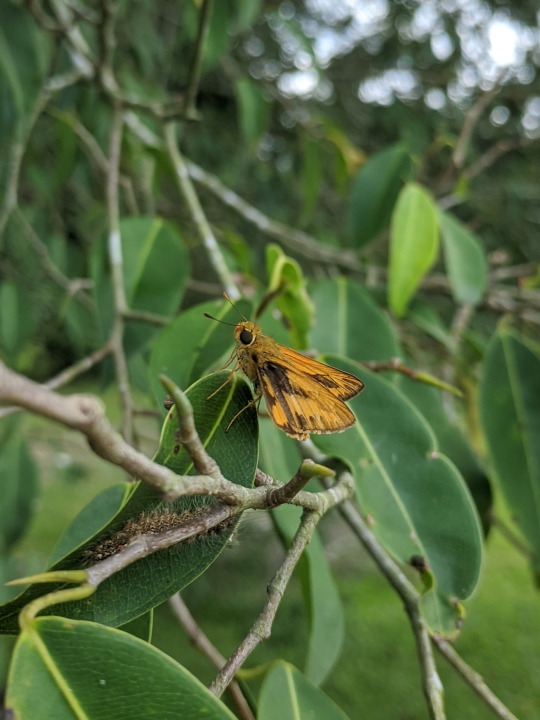
22/12/20 - Photos 9-10 - Telicota colon

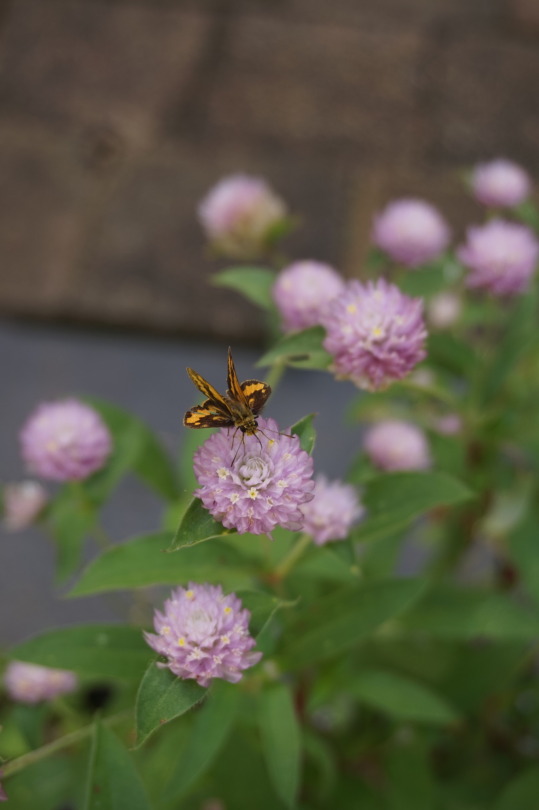
15/09/21 - Photos 11-12 - Suniana sunias
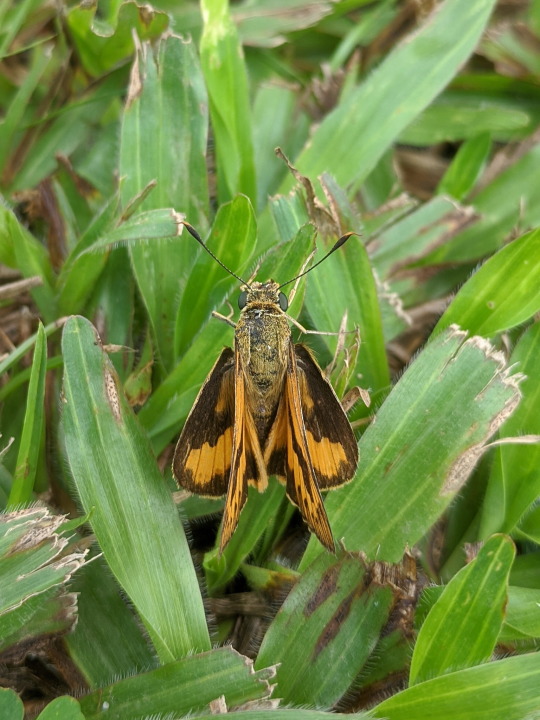

28/12/20 - Photos 13-14 - Cephrenes trichopepla


31/07/22 - Photos 15-16 - Cephrenes augiades

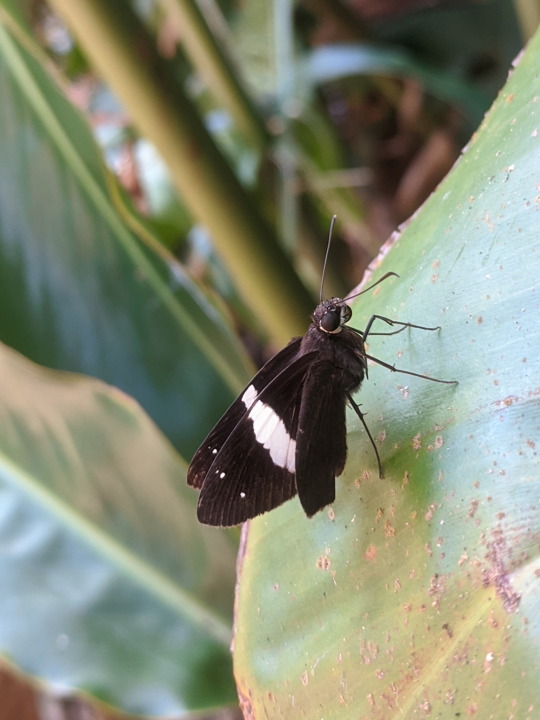
03/12/20 - Photos 17-18 - Notocrypta waigensis
Collection of Skipper butterflies I've found over the years.
27/10/20-11/09/23 - Hesperiidae spp.
QLD:WET
#Toxidia crocea#Narrow-brand Grass-Skipper#Trapezitinae#Hesperiidae#Skippers#Papilionoidea#Butterflies#Lepidoptera#lepidopterology#Ocybadistes flavovittatus#Narrow-brand Grass-Dart#Hesperiinae#Grass Skippers#Notocrypta waigensis#Banded Demon#Cephrenes augiades#Orange Palm-Dart#Cephrenes trichopepla#Yellow Palm-Dart#Suniana sunias#Wide-brand Grass-Dart#Telicota colon#Pale-orange Darter#Sabera dobboe#Yellow-streaked Swift#Sabera caesina#White-clubbed Swift#invertblr#invertebrates#bugs
33 notes
·
View notes
Text

a quick practice piece based on a photo I took last summer. I decided to play around with some brushes I don't use much and I love the style I ended up with here.
it started out as sketching practice but then I got really into it so the goal became to paint something without letting myself get stuck on little details or getting caught up in making it neat.
I realised recently that I really want to experiment more with new styles and techniques but end up getting held back by worrying about it potentially not working out or about it needing to be "perfect", when in reality if I can push all that aside, I usually end up with something I really like, and this is a really good example of that
#personal#thoughts#🍬 post#our art#insects#lepidoptera#papilionoidea#nymphalidae#also I chose the reference photo for this because it's up on our wall on the opposite side of the room#and caught my eye while I was trying to figure out what to draw#so I referenced the postcard sized photo on the wall across from me instead of getting the photo up on our laptop#which I think really helped with forcing me to abandon perfectionism because I was trying to reference such a small image#maybe I should do the same thing with the other photos on our wall or various objects around the room at some point
4 notes
·
View notes
Text

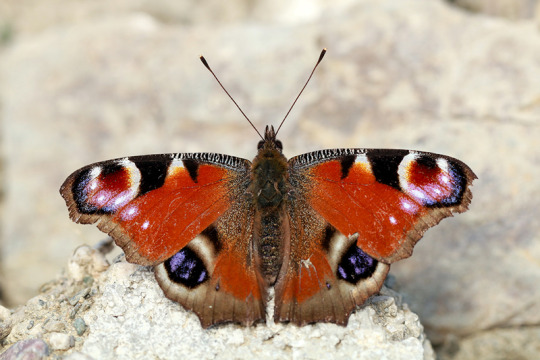
Under the wing and above the wing. Same species, same individual… I think it is the most beautiful butterfly in the world.
https://www.kelebekler.org/kelebekler/103/93/nymphalidae-argynnidae/tavus-kelebegi-inachis-io-linnaeus-1758
#butterfly#kelebek#kelebekler#butterflies#nymphalidae#biodiversity#tokat#erbaa#turkey#science#lepidoptera#papilionoidea#entomology#biology#zoology#ecology#ecosystem#red
2 notes
·
View notes
Text

Iridescent gee as sunset moth (Chrysiridia rhipheus - Uraniidae)
Yes that's a moth! Not a butterfly. "Moths" isn't a real taxonomic group, it's just "every lepidopteran that isn't a butterfly (superfamily Papilionoidea)". Which means they're really diverse, including micromoths, living fossils, and all types of wings and colors

31 notes
·
View notes
Text

💐 Alpharetta Gerard Way as a Godman's Sarota Metalmark!
Some facts about these butterflies:
The Riodinidae are members of the Superfamily Papilionoidea, the true butterflies. They typically thrive in the tropical latitudes, especially those of the Americas, and approximately 1,300 species are known. Small to medium in size, metalmarks vary widely in their patterns, behavior, and postures. Males have reduced front legs that are not used for walking, and females have three pairs of walking legs. Adults usually perch with their wings spread open or cocked slightly, while many tropical species habitually perch upside down on large leaves. Males locate mates by perching, rather than patrolling. Egg shape varies widely, but caterpillars are typically slug-shaped. Metalmarks overwinter in the larval or pupal stage ! (Source)
#butterfly'd!#gerard way#butterflies#butterfly#gerard arthur way#mcr#my chemical romance#gee cosystem#mcr ecosystem#emosystem#my chem#my chem romance#mcr5#mcrmy#godmans sarota metalmark
8 notes
·
View notes
Text


She died with flowers. maybe it's one of the best ways to end her precious life...
Rest in Peace, Withered Cabbage white (´\u_u/`)
#life is fun#my photography#cabbage white#hyssop#true love#butterflies#stamps#christmas seal#korea#south korea#republic of korea
2 notes
·
View notes
Text
Playtesting Results - Papilionoidea
I have given my game Papilionoidea to 9 people ranging from absolutely no gaming experience to students in the course, to adults who have played games for over 30 years.
The overall feedback was positive with all strongly agreeing that the game was easy to follow and was enjoyable to play. All also said that they would play the game again. There was some confusion with the objective and ability to attack as typical platformers games you kill enemies by jumping on them. I am considering adding a tutorial level if I continue developing Papilionoidea. My game was lacking in strategy as at my current point of development, there were not many mechanics to interact with let alone strategies. This notion was felt by most players, however my play tester who had never played a game before felt it was all "perfect, very enjoyable". Moving forward I will have to figure out my intended audience to know how difficult to make the mechanics they will interact with. This is also important for knowing how much tension and stress to include.
Everyone believed the flying mechanic was the most enjoyable and interesting, meaning I should consider expanding it further. Most mentioned their least favourite part being the attack ability, due to its range many of the more inexperienced died several times trying to get close enough, without dying. The more experienced however saw it as more as an inconvenience than a difficulty. I will adapt the attack ability, and am thinking of adding an aiming ability to assist the less experienced in attacking, and allowing more experienced to use a system they are more experienced with.
Based on the play testers reaction, the game needs more content and smoother mechanics. I believe to create more interest and make the game feel more professional I should add more animation to the players movements, and more dynamic enemies with various abilities. I would also like to create some sort of fulfilling ending to conclude the levels in the game and give players satisfaction.
I will need to improve the enemies movement, and create more interesting layouts for levels. I would like to add background to immerse the players into the world stronger, and the ability to only catch the butterflies with a net.
Overall I believe my platformer has strong foundations that with dedicated time I can turn into a game with value.
1 note
·
View note
Text
I love my silly little forest fae
I need to make guidelines for them eventually so that's under the read more, ask literally anything about their species, I'll answer and add it to the list of Things That Make a Forest Fae
Forest Fae must be based on a butterfly species [ex. Chapman's Green Hairstreak, Sooty Gossamer-Wing, etc] [basically anything from the Papilionoidea superfamily]
Not all Forest Fae have antennae, but those that do have antennae that match the species they're based on
Young Forest Fae more closely resemble caterpillars, and around the age of 8-10, begin losing their caterpillar features as their wings grow underneath a tough layer of skin. Once the wings are ready to emerge, young F.Fae are advised to not pick at the now dead skin, as it can mess with the development of the wings and may lead to deformities. However, in some cases, the wings are freed surgically if they can't emerge on their own. It's a painless procedure, and often actually feels relieving for the Fae.
I don't really know what else to add so yeagh
#text post#not fic things#writeblr#writers on tumblr#writerscommunity#writers and poets#writing#author#worldbuilding#original species#i guess??#its basic but that is okay#theres more to come#eventually
1 note
·
View note
Text
you think taxonomists got lazy with skippers and just decided to throw them into papilionoidea because they didn't want to keep writing down hesperioidea in the logs
/j
they probably had a good reason I'm just complaining 😔 skippers are pretty unique in my eyes, different in a few ways from both butterflies and moths, I think they deserve their own superfamily like they used to, but I'm not a professional so I can't do much 🤷♂️
they're still really interesting fat little butterfly creatures uhhhhhmjjhhggjjnb taxonomy is complicated and fascinating as hell
3 notes
·
View notes
Text
Parution du « Catalogue iconographique des Lépidoptères des Pyrénées-Orientales (France) » avant la fin du mois de septembre
Septembre 2023 : Catalogue Iconographique des Lépidoptères des Pyrénées-Orientales coordonné par Serge Peslier (plus de 3400 espèces en photos).
R.A.R.E - Association Roussillonnaise d’Entomologie
Volume I. Micropterigoides – Acanthopteroctetoidea – Adeloidea – Zygaenoidea – Thyridoidea – papilionoidea (super-familles dont la majorité, voire la totalité des espèces ont une activité duirme) Volume II. Hepialoidea – Drepanoidea – Lasiocampoidea – Geometridea – Noctuoidea Volume III. Microlépidoptères
-------
NDÉ
via e-mail du 31/08/2023
Nous vous informons de la parution du :
« Catalogue iconographique des Lépidoptères des Pyrénées-Orientales (France) »
avant la fin du mois de septembre
Tome I Superfamilles dont la majorité des espèces sont diurnes
Tome II Superfamilles dont la majorité des espèces sont nocturnes
Tome III Microlépidoptères dont la majorité des espèces sont nocturnes
Format A4, couverture cartonnée, reliure cousue.
3577 espèces - 5380 photos - 231 cartes.
0 notes
Text
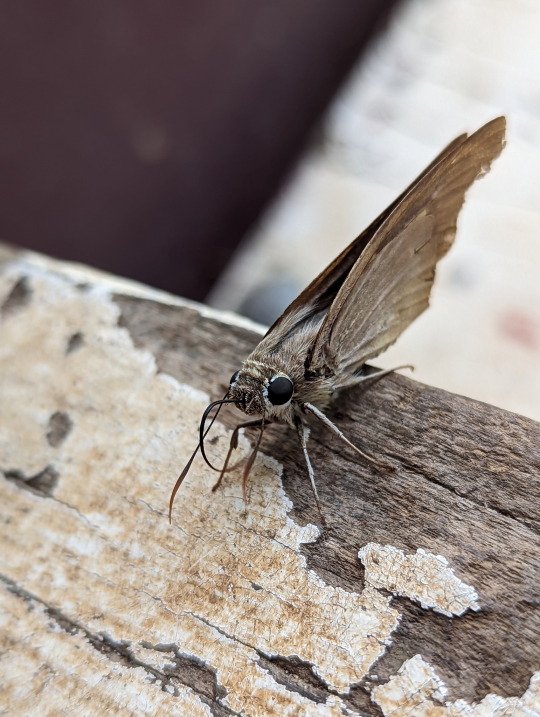

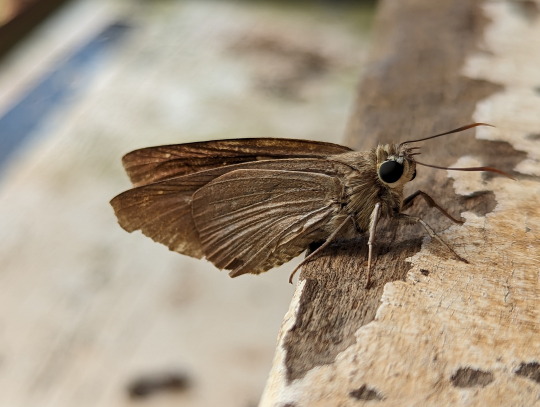
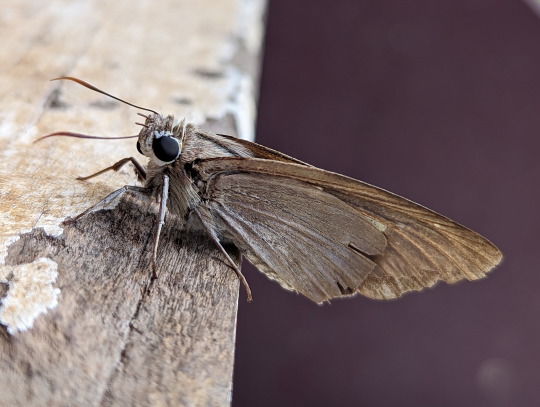
Narrow-winged Awl.
12/11/23 - Badamia exclamationis
QLD:WET
#invertblr#invertebrates#bugs#bugblr#bugs tw#bug#insects#insecta#insects tw#insectblr#insect#entomology#Arthropods#Arthropoda#Badamia exclamationis#Narrow-winged Awl#Hesperiidae#Skippers#Papilionoidea#Butterflies#lepidopterology#lepidoptera
20 notes
·
View notes
Text
another fun butterfly fact is that there's a species in North America called Feniseca tarquinius that has carnivorous caterpillars.
its caterpillars feed on aphids, and also use silk to attach aphid corpses to themselves as camouflage to protect them from the ants that tend to those aphids.
the adults feed mostly on honeydew (aphid poop), but will also drink fluids from other sources such as mud, blood, carrion, and dung if there's any available.
they look like this:

(photo by lythronax246 on iNaturalist)
3 notes
·
View notes
Text
【Process I OC】 Papilionoidea ; 🦋
Commissions are currently: OPEN! (Just msg me: DM/Website)
#butterfly#timelapse#process#art process#speed paint#speedpaint#butterfly art#open commissions#commissions open#illustration#digital art#illustrator#artists on tumblr#clip studio paint#anime illustration#oc original character#insect#insect art
4 notes
·
View notes
Link
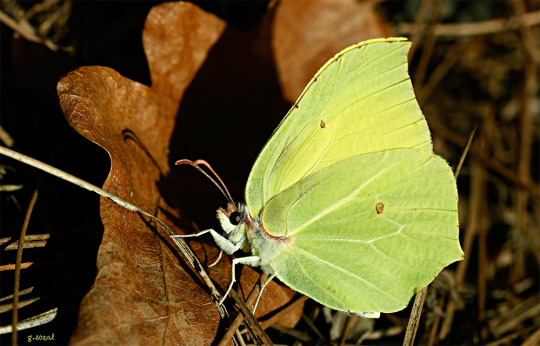
Anadolu Orakkanadı (Gonepteryx farinosa (Zeller, 1847)) - Powdered Brimstone - Papilionoidea>Pieridae (Lahana Kelebekleri)>Coliadinae>Gonepterygini>Gonepteryx | Kelebek Gözlem Kayıtları
Türe Ait Genel Özellikler Anadolu Orakkanadı - Powdered Brimstone (Gonepteryx farinosa (Zeller, 1847)) Bu türü arazide Orakkanat'tan ayırmak gerçekten dikkat ister. İki tür de aynı habitatta uçar. Anadolu Orakkanat, biraz daha büyük ve daha yuvarlak şekillidir ve erkeği de daha limon sarısıdır, ancak bu farklar türleri iyi tanımayan biri için ayırt edici olamayabilir.
#biodiversity#biodiversityday#papilio#pieridae#powdered brimstone#turkey#tokat#erbaa#butterfly#butterfly effect#butterflies#insect#hexapoda#lepidoptera#papilionoidea#gonepteryx
0 notes
Text
the plant group papilionoideae got named after butterfly's for some supposed resemblance
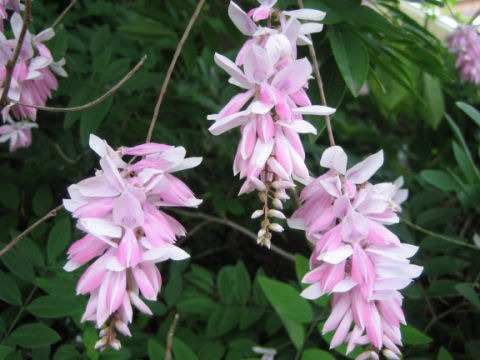
tell you what. i dont see it
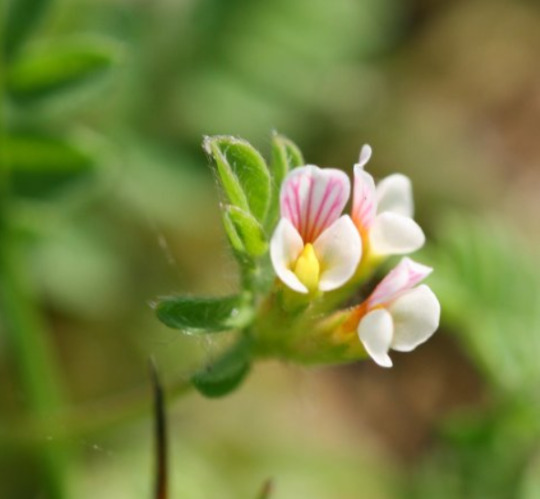
unlike a butterfly, they look fuckable
0 notes